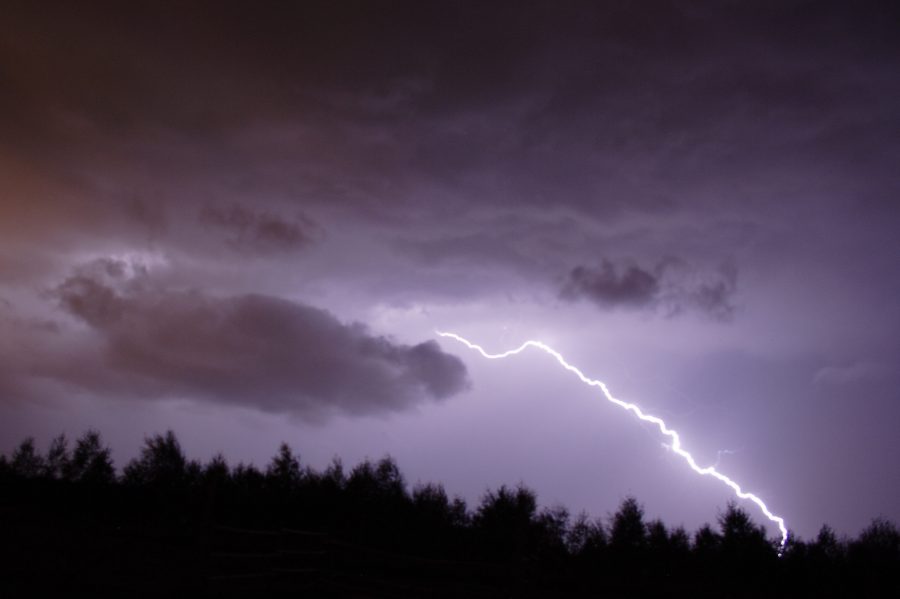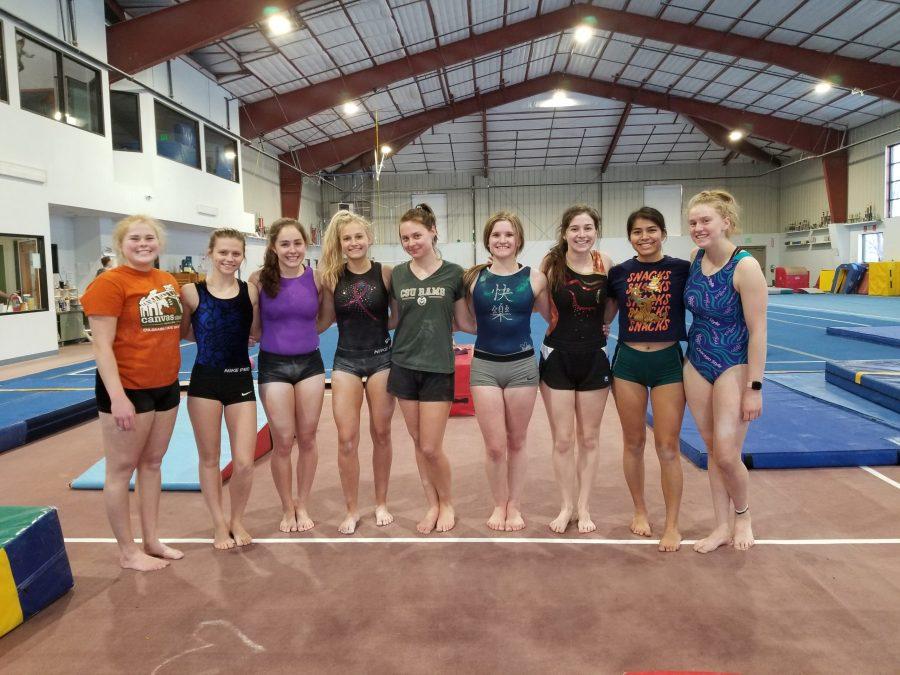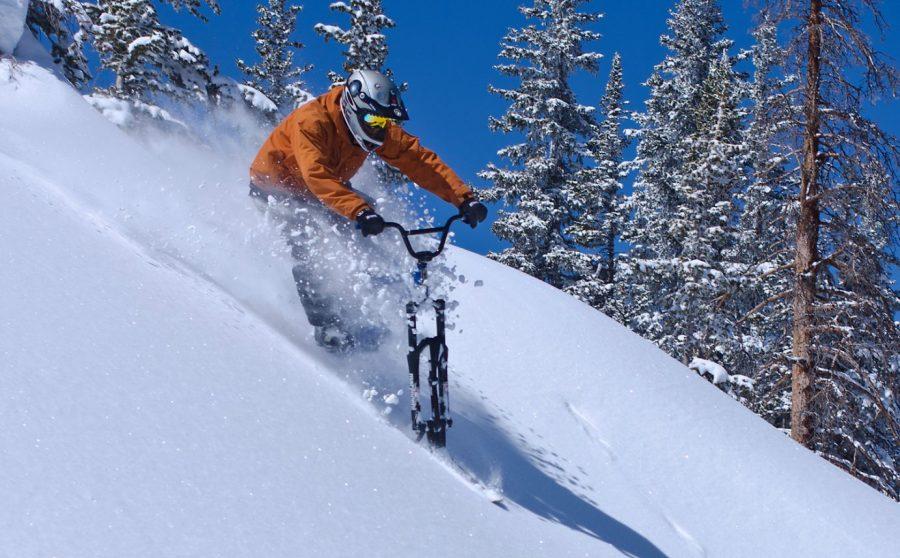Sponsored Content
In 1993, ESPN decided to create an event dedicated to the gathering of international action sports athletes. This event, called the Extreme Games, was announced at a press conference in 1994. ESPN said the event would debut in June 1995, and take place in Rhode Island.
On June 24, 1995, the first ever Extreme Games were held in various cities in Rhode Island. The event lasted until July 1 and included sports such as Bungee Jumping, Eco-Challenge, In-line Skating, Skateboarding, Skysurfing, Sport Climbing, Street Luge, Biking and various water sports. There were roughly 198,000 spectators and seven sponsors in attendance, including Advil, Mountain Dew, Taco Bell, Chevy Trucks, AT&T, Nike and Miller Lite Ice.
Due to the large amount of positive responses, ESPN decided to hold the Extreme Games every year instead of every two years, which was their initial plan.
The second Extreme Games were held in 1996 in Rhode Island. Before the games, the name was changed to the X Games to allow for easier translation to international audiences and to allow for better branding opportunities.
During these games, Kitesurfing, Windsurfing and Mountain Biking were replaced by Wakeboarding. Also the first ever Winter X Games were announced with events in Snowboarding, Ice Climbing, Snow Mountain Bike Racing, Super-modified Shovel Racing and a crossover multi-sport event.
The Winter X Games made its debut on Jan. 30, 1997 in Big Bear Lake, California. The event lasted until Feb. 2 with over 38,000 spectators in attendance.
The following year, Freeskiing, Snowmobile SnoCross and Skiboarding were introduced as new sports for the second Winter X Games. In April of the same year, Thailand held the first international X Games qualifying event for athletes to compete for spots in the San Diego X Games.
In 2001, Action Sports and Music Awards were added to the games and in 2002, the Winter X Games moved to Aspen, Colorado, where they have been held ever since.
Over the years, the X Games and Winter X Games have gained popularity as more sports and various events were added, athletes became more well-known, and crazier tricks were perfected.







